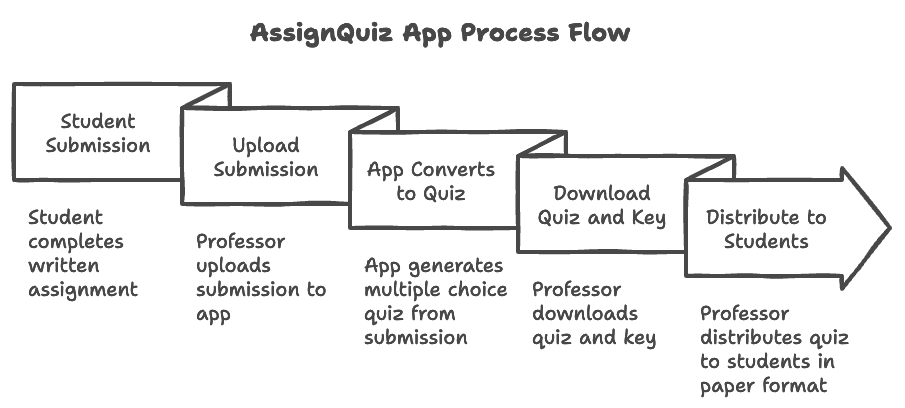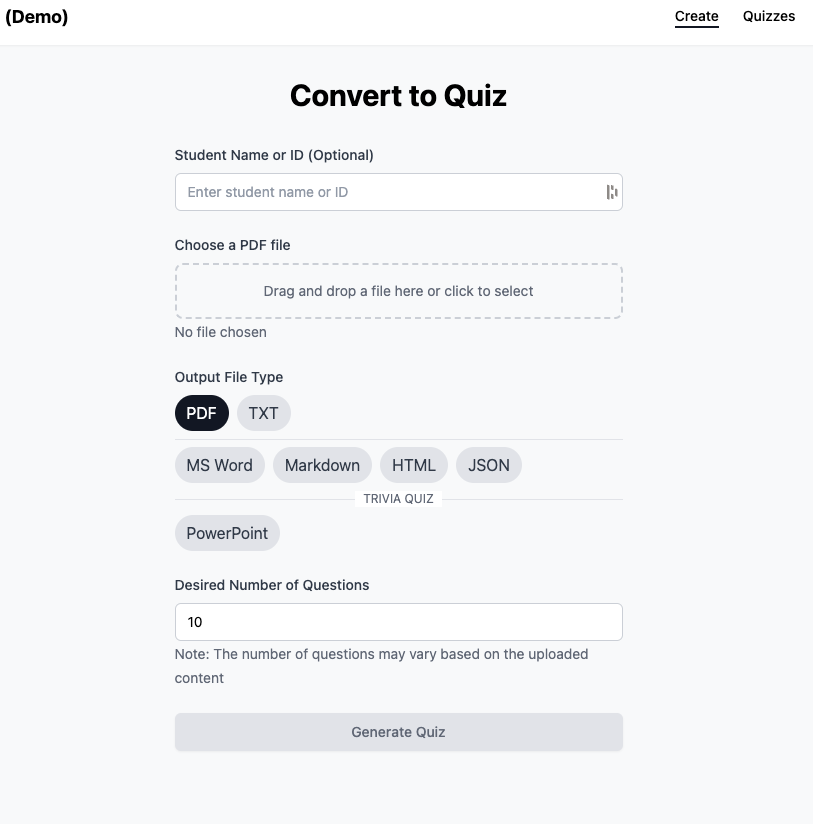Embracing AI Tools for Students and Educators
In the rapidly evolving world of artificial intelligence, it is increasingly important for students and educators to embrace these tools. We should encourage students to experiment with AI as much as possible, as I do so in the AI Use Statement for my courses.
The tools available today are powerful and constantly improving, and the future our students are preparing for will look very different from the present. By exploring and applying AI to their studies and personal lives, students will be better prepared to adapt and thrive in a tech-driven world.
I get a lot of joy from sharing new AI tools with students, and I recommend that other professors do the same. It is great to see the looks on their faces when they see the potential. Last week, I showed my students Anthropic's computer use demo in a Docker container. It sparked a great discussion about the future of AI and what it means for our lives and their careers.
Leveraging AI as Professors
This push toward AI innovation shouldn't stop with students. Professors, too, need to leverage AI tools to make our jobs easier and innovate within the educational space. We have a unique opportunity to lead by example—teaching with AI, using it to create content, and pushing the boundaries of traditional instruction.
Banning generative AI tools is not only unproductive but also counterintuitive. It doesn't prepare students for the future and is virtually impossible to enforce effectively. Similarly, AI detectors can be unreliable and are, at best, not 100% accurate. These tools seem to focus more on catching students "cheating" rather than assessing the depth of their learning.
Students Submissions to Quizzes on the Fly
With this philosophy in mind, I've developed a Python-based tool that makes my teaching life easier while ensuring my students truly understand the material they submit.
The tool turns a student's written submission into a multiple-choice quiz that I can print and give in class. This means that each student gets a personalized quiz based on their own work not a traditional one-size-fits-all quiz. This approach offers a fair and personalized way to assess an individual student's knowledge, as the quiz is based on their work. It ensures that students understand the content they submit and helps clarify if anyone is misrepresenting their knowledge.
Moreover, it takes the burden of creating quizzes off my shoulders. There is no way I would have time to create a quiz for every assignment I assign and every student's submission.

Graphics created with Napkin.ai
Is it fair?
Is creating quizzes for students to take a fair way to assess their knowledge? Yes.
Is it devious? Probably.
Does it test the student's knowledge? Yes.
Is it effective? Yes - Very.
Current Features and Benefits
Currently, this project has a web-based interface that allows me to create quizzes one at a time. I can upload student submissions in PDF or Word formats and generate quizzes in a variety of formats—including PDF, Word, HTML, Markdown, and even JSON.
I've also added functionality to create trivia-style PowerPoint slides, which has proven useful for other types of content and student engagement.
 Upload and Generation Page
Upload and Generation Page
Moving Forward
Embracing AI in the classroom means more than just allowing its use—it means harnessing it to support teaching and learning. Tools like the one I've developed are just the beginning of what's possible when we embrace AI for education. We have an obligation to lead and prepare our students for the future.
I plan to continue developing this tool (I am currently working on a batch quiz generator that will allow me to create quizzes for all students at once) to make it more robust and expand its use cases. I also plan to make it available for others to use and will update this post with a link when it is ready.
In the meantime, if you would like to copy me, here are some of the technologies I used:
Example Quiz Based on this Post
Example Quiz